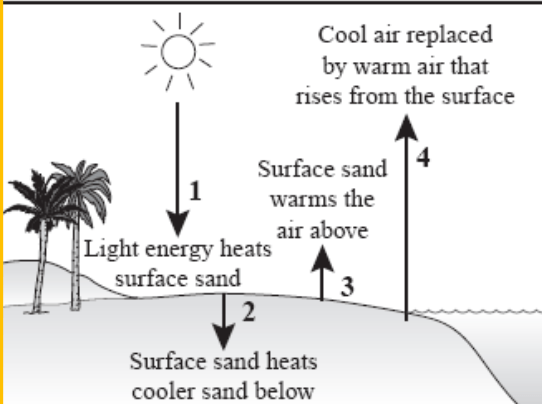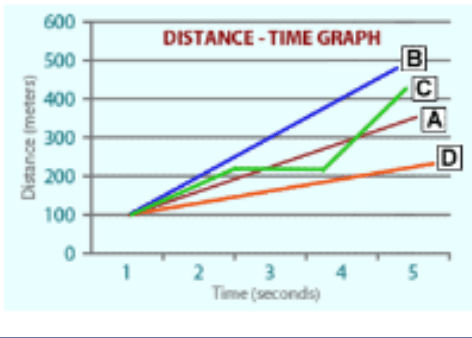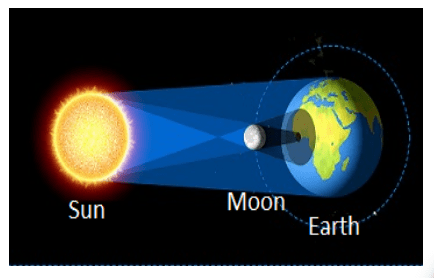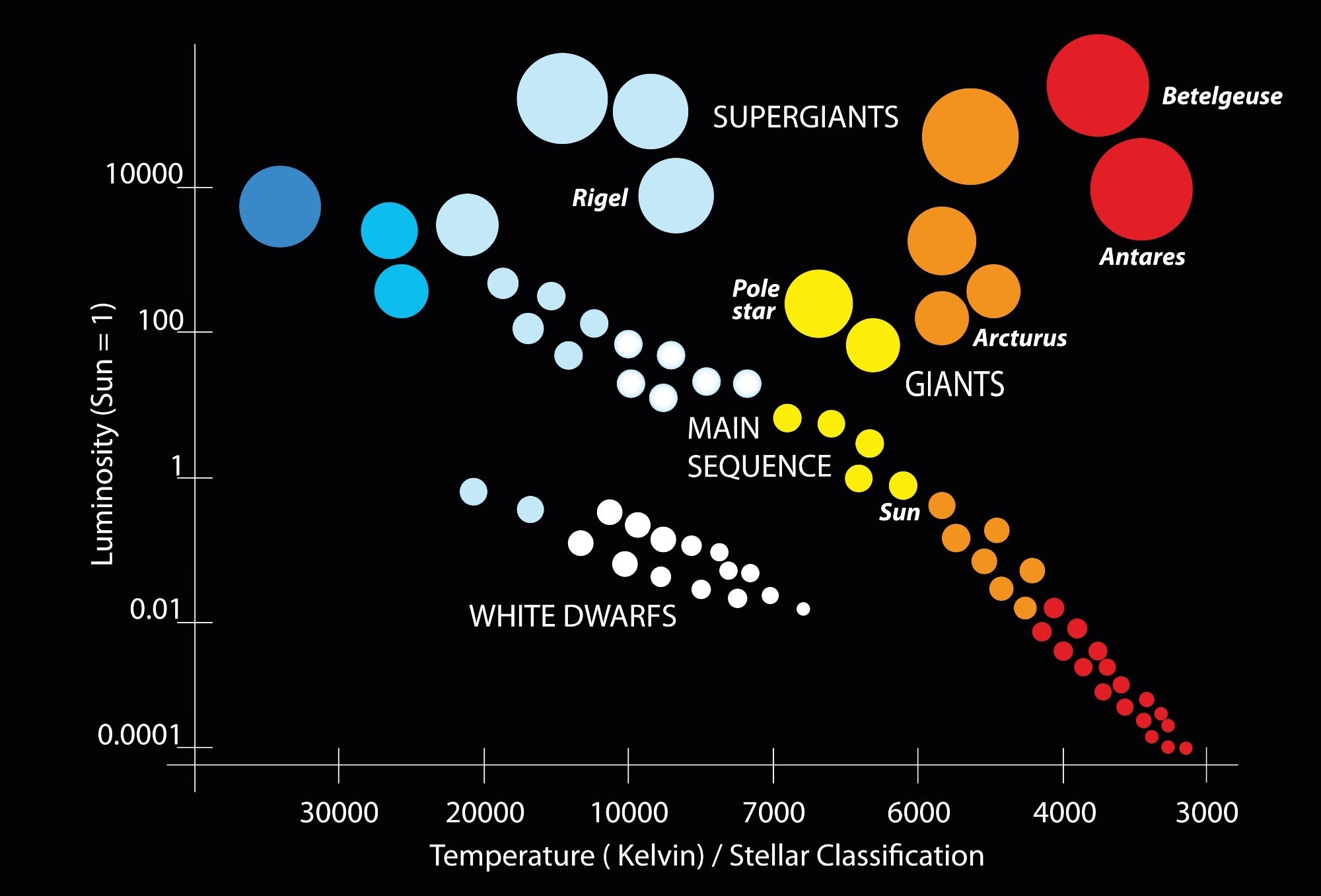The trilobite (fossil pictured below) was an ancient organism that used to live in shallow waters about 521 million years ago and had a wide variety of food sources in their ecosystem. What is the most probable reason that the trilobite is not alive today?
A. Predators hunted the animal for food until they became extinct.
B. The increase in available mates prevented a single species from thriving.
C. The organism could not adapt to the environmental changes that were occurring.
D. Genetic diversity increased and prevented the organism from passing on its genes.
C.
If a species can not adapt to their environment or change in habitat, then this may lead to decrease in population or extinction
Beth takes a sip of very hot soup and decides to put an ice cube in her bowl. Which best describes what happens next?
A. The cold from the ice evaporates in the air.
B. Heat is destroyed as the ice melts.
C. Heat from the soup flows into the ice cube.
D. Cold from the ice cube flows into the soup.
C.
Heat flows: HOT to COLD
Many different factors can affect the rock cycle, including the actions of living things. How have human activities, such as deforestation influenced the rock cycle?
A. Human activities has caused more volcanic activity, which creates metamorphic rock.
B. Human activities have changed the composition of the soil, which results in more metamorphic rock.
C. Human activities have caused more melting and cooling within the Earth, which drives the rock cycle.
D.Human activities have caused the creation of more erosion and sediment, which makes sedimentary rock.
D.
They are loose collection of ice, dust, and small rocky particles whose orbits can be very long.
A. Meteorite
B. Asteroid
C. Moon
D. Comet
D.
The primary purpose of which human organ system is to produce hormones that regulate body functions?
A. skeletal
B. muscular
C. endocrine
D. Digestive
C.
In an animal, a muscle cell requires more energy than other cells. Because of this, you would expect to find more of which type of organelles in muscle cells than in other cells?
A. vacuoles
B. chloroplasts
C. cell walls
D. mitochondria
D.
Mitochondria (powerhouse): makes energy through Cellular Respiration
(Vacuoles hold water, chloroplasts where photosynthesis occurs, cell walls only in plants for structure)
Which of the following statements regarding the periodic table of elements is true?
A. The periodic table does not list all of the known elements in the universe.
B. The properties of elements can be predicted by their positions in the periodic table, which is organized by its atomic mass.
C. All elements on the periodic table are organized by its atomic number and made up of the same fundamental particles: protons, neutrons and electrons.
D. All non living things consist of elements on the periodic table; all living things consist of things that are not listed on the periodic table.
C.
Periodic table is all elements known to man organized by their atomic number (number of protons)
Matthew noticed that the weather in Jacksonville has been cool for several days. As the temperatures warmed up, Matthew noticed that it was also very windy. What effect does temperature have on local wind patterns?
A. Uneven heating of the Earth causes differences in air pressure
B. Conduction transfers energy to move into the atmosphere
C. Convection currents in the water create air currents
D. Energy is transferred from cooler areas to hotter areas
A.
Global patterns of wind movement come from radiation wind of the Sun
Term used for describing a model of the Universe where the Earth is at the center and the sun and other planets revolve around it.
A. Heliocentric
B. Earthcentric
C. Geocentric
D. Suncentric
C.
Geocentric - Earth centered model
Helio- Sun centered model
Tommy placed a silver, black, red, green, and blue can under a heat lamp and measured the temperature of each one after 10 minutes. What ins the independent variable?
IV: Color of can
Dv: temperature
ermaine crosses a heterozygous seed (Dd) with a homozygous recessive (dd) for wrinkled seed. What percent of this cross will show the phenotype for wrinkled seeds?
A. 100%
B. 50%
C. 25%
D. 0%
B.
According to the EM Spectrum Diagram, which type of electromagnetic energy has a higher frequency than ultraviolet waves?
A. X-rays
B. Infrared
C. Radio Waves
D. Visible Light

A.
The shorter the wavelength, the higher the frequency and higher the energy
What would be the most effective way for a scientist to get an idea of the actual age of a rock?
A. Measure the relative amounts of radioactive elements in it.
B. Judge its position in the rock face relative to that of other rocks.
C. Measure the amounts of different forms of carbon it contains.
D. Estimate how much of it has worn away since it formed originally.
A.
Radioactive Dating is more accurate in dating fossils by using the radioactive atoms in a fossil, while relative just explains which is older or younger.
Name and describe the 3 sun features. What do they all involve?
Sun spot: dark cool spot
Solar flare: explosion
Solar prominence: Loop of gas
All involve the electromagnetic energy on the photosphere
Double Jeopardy! The arrows in the picture below show several ways heat is transferred from the Sun as it strikes sand on the surface of a beach. Which arrow shows convection?
4
Remember -> Convection: Warm air rises, cool air sinks!
Mangrove trees are common to the Florida Everglades. The tree roots serve as a place for freshwater oysters to attach when the tide is high, as shown in the picture below. The oysters are protected from predators when attached to the roots underwater. The oysters do not harm the trees nor do they provide any benefit to the trees. Which of the following relationships is most similar to the relationship between the mangrove trees and the oysters?
A. African ants living in acacia trees feed on leaf-eating insects found on the tree.
B. Spider crabs are camouflaged by the green-brown algae growing on their shells.
C. A whale is unaffected by the attached remora fish feeding on the whale’s leftover food.
D. Bees fly from one flowering plant to another gathering nectar and pollinating the flowers.
C. Commensalism is where one species benefits where the other is unaffected.
(mutualism - both benefit
and parasitism - one benefits, other harmed)
Cheyenne is drawing a graph that shows four different objects and the distance each object travels in 5 seconds.
Which line on the graph shows the object that is traveling with the fastest constant speed?

B.
B is moving a greater distance in a shorter time meaning he is moving at a faster constant speed.
In a desert ecosystem, many of the Earth’s spheres interact. Which sphere would be MOST affected if there were a lack of water from the ecosystem’s hydrosphere?
A. The geosphere because the aquifer would not be recharged.
B. The biosphere because the plants need water for cell growth.
C. The cryosphere because it will not be able to crystallize molecules.
D. The atmosphere because lack of rain will reduce the humidity levels.
B.
The picture below shows the positions of the Earth, Moon, and Sun during an eclipse. What is true of the eclipse shown in the picture?

A. It is a lunar eclipse, in which the Moon casts a shadow on the Earth.
B. It is a solar eclipse, in which the Earth casts a shadow on the Moon.
C. It is a lunar eclipse, in which the Earth casts a shadow on the Moon.
D. It is a solar eclipse, in which the Moon casts a shadow on the Earth.
D.
Lunar eclipse - Full moon. Earth cast shadow on moon.
Solar eclipse - New moon. Moon cast shadow on Earth.
Which of these is a hypothesis that can be tested through experimentation?
A. Bacterial growth increases exponentially as temperature increases.
B. A fish’s ability to taste food is affected by the clarity of aquarium water.
C. Tadpoles’ fear of carnivorous insect larvae increases as the tadpoles age.
A.
Which hypothesis can be tested by actually testing an experiment.
There are many different types of viruses and bacteria that can live and reproduce inside humans and often make us sick. In which of the following ways are viruses different from bacteria?
A. Viruses must invade a host cell to reproduce while bacteria can reproduce on their own.
B. Virus cells, in general, are at least three times as large as the largest bacterial cell.
C. Viral infections are more likely to disable or kill their host than bacterial infections.
D. Viral infections always cause a fever while bacterial infections almost never do.
A.
Viruses need a host. Antibiotics DON'T work, vaccines do.
Bacteria reproduce on their own, antibiotics used for treatment. Good bacteria in body.
Kari likes to play marbles, and she wants to find out if the density of a marble has any effect on how far the marble rolls. To begin, she selects ten different marbles of various sizes from her collection. She measures the first marble on a balance and finds that its mass is 13.8 grams (g). Then she takes a 100-milliliter (mL) graduated cylinder and fills it to the 50-mL mark.
After she places the marble in the graduated cylinder, the water level reads 56 mL. What is the density of this marble, in grams per milliliter (g/mL)?
2.3 g/cm3
1st need to identify the mass and volume, then calculate.
What would be the most likely effect of a convergent plate boundary between oceanic and continental crust?
A. Earthquakes
B. Mountain Building
C. Volcanoes and Earthquakes
D. Seafloor Spreading and Volcanoes
C
Continental is land crust and Oceanic is crust in the ocean. If the collide, this will lead to volcanoes. while two land crust lead to mountains.
The H-R diagram is used to compare a star's luminosity With its color/temperature. The sun is apart of the main sequence stars, which is where more stars can be found. What is unusual about the HR diagram?
The x axis (temperature) starts at the hottest, and decreases from left to right)

DOUBLE JEOPARDY!
Jimmy is running laps during his physical education class. As he is running, he starts to breathe harder as his body tries to get more oxygen. Which of the following best explains why Jimmy's oxygen requirement increases?
A. His cells use oxygen as their primary source of energy.
B. His cells need oxygen to help them break down sugars for energy.
C. His cells need oxygen to increase the levels of sugars in the blood.
D. His cells use oxygen to transport substances across their cell membranes.
B.
The more energy(ATP) burned, the more reactants (oxygen and glucose) needed to produce more.